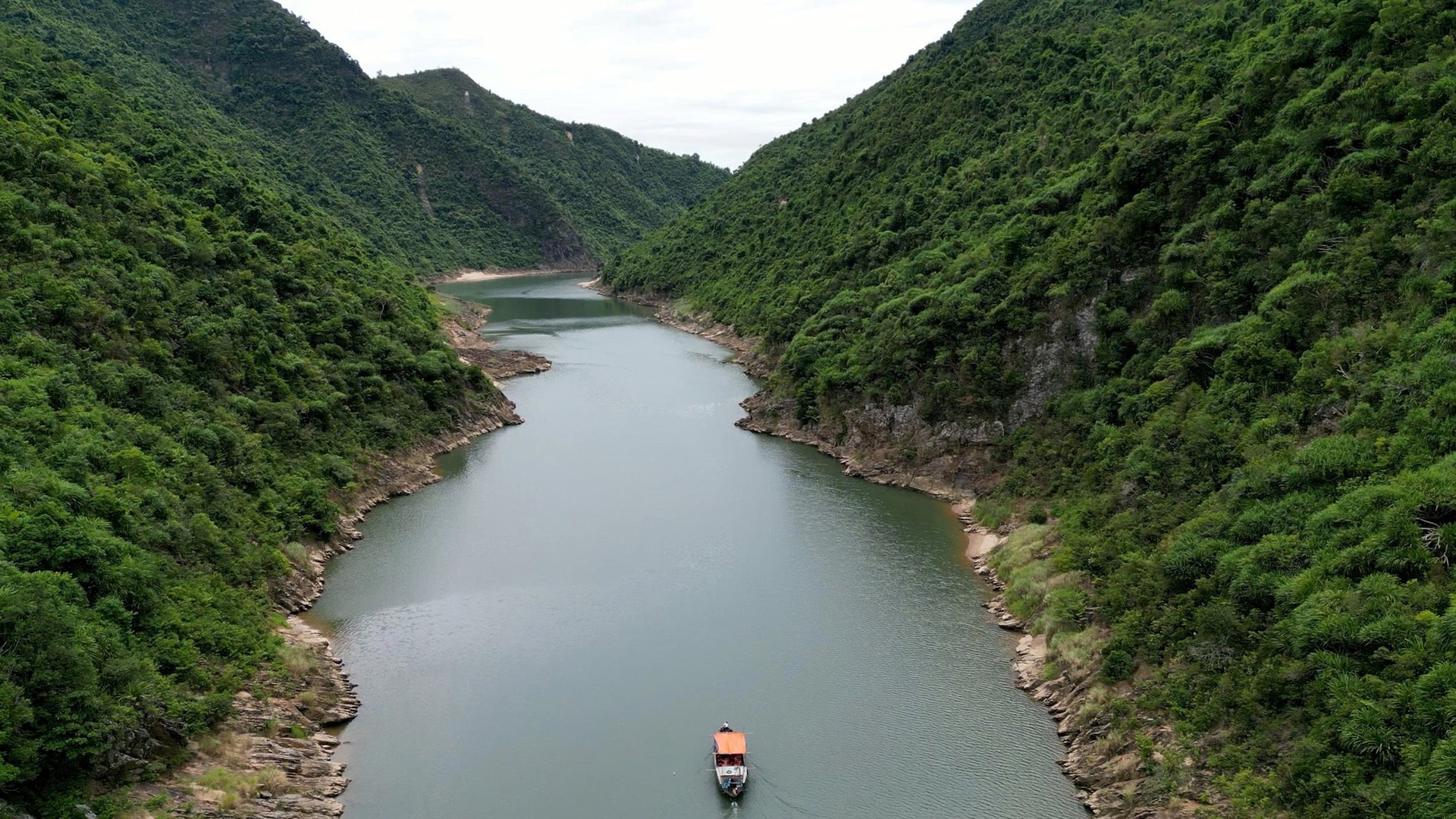
Diverse and unique potential
Being a midland commune about 50km southwest of the city center, Que Son is blessed with many beautiful landscapes. Notable among them is Nuoc Mat - Deo Le stream located in the middle of vast mountains and forests, which has long been a familiar stop for tourists and is convenient for developing resort services, camping, trekking, and nature exploration .
In addition, Ban Thach hot spring with its natural hot spring source is considered a “gold mine” of Que Son resort tourism. This place not only attracts local tourists, but can also connect with international tourists who prefer high-end medical and resort tourism.
Another place in Que Son is Giang Lake, which has a large area and is surrounded by green forests, suitable for activities such as kayaking, fishing, picnics, and family outings. In addition, the area is also forming models of comprehensive fruit tree planting combined with eco-tourism, agricultural experiences, etc., bringing new and familiar tourism products.
According to the People's Committee of Que Son commune, the locality has the advantage of convenient transportation, easily connecting with tourist attractions in the area such as Dai Binh Fruit Village (Nong Son commune), My Son relic site. Thereby, creating opportunities to form linked tours, diversifying experiences, and enhancing the competitiveness of local tourism products.
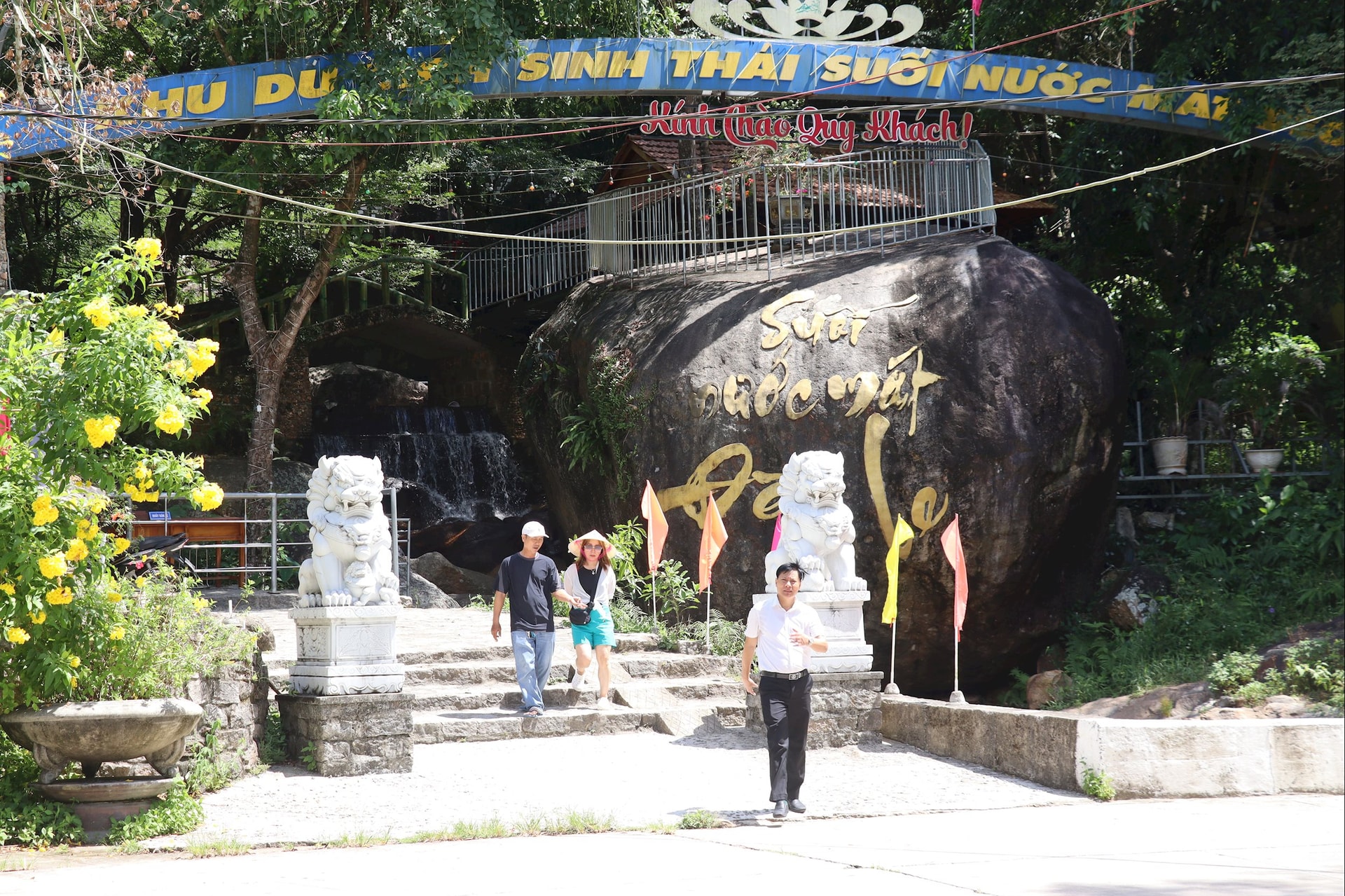
Que Phuoc Commune is a mountainous area possessing many beautiful and unique natural landscapes such as Hon Kem Da Dung, Na Bo dam, and Elephant Species and Habitat Conservation Area.
In the Na Bo dam area, Mr. Nguyen Thai Duong (Mau Long village) invested more than 30 million VND to buy 2,000 square meters of land and renovate an additional 1,000 square meters of his family's ineffective rice fields at the upstream of Khe Nhom to grow lotus.
Initially, it was only to increase income, but when many young people came to take photos and have fun, Mr. Duong opened a direction for experiential tourism. Realizing the obvious effectiveness, he continued to invest more than 40 million VND to expand the area, combining culinary business with dishes of free-range chicken, stream fish, snails, frogs, wild vegetables...
“The erratic weather has caused the lotus to bloom less, but thanks to the beautiful, green landscape, the model attracts tourists. On weekends and holidays, many visitors come to the garden, helping the family earn more income and improve their lives,” Mr. Duong shared.
Also in the commune, upstream of Thu Bon, visitors come to Hon Kem Da Dung - a famous scenic spot in the upper stream, which is also the last point of the river before leaving the mountains and forests. This place also has a rich system of scenic spots such as: Nuoc Mat stream, Ganh Tien, Nghien stream, Da Dung beach, Co Ngua rock... with diverse flora and fauna.
Sustainable development, multi-value
According to Ms. Tao Thi To Diem, Chairwoman of Que Phuoc Commune People's Committee, the locality has many potential areas that can be planned, renovated, and invested in for exploitation in the direction of agricultural and ecological tourism combined with community resorts.
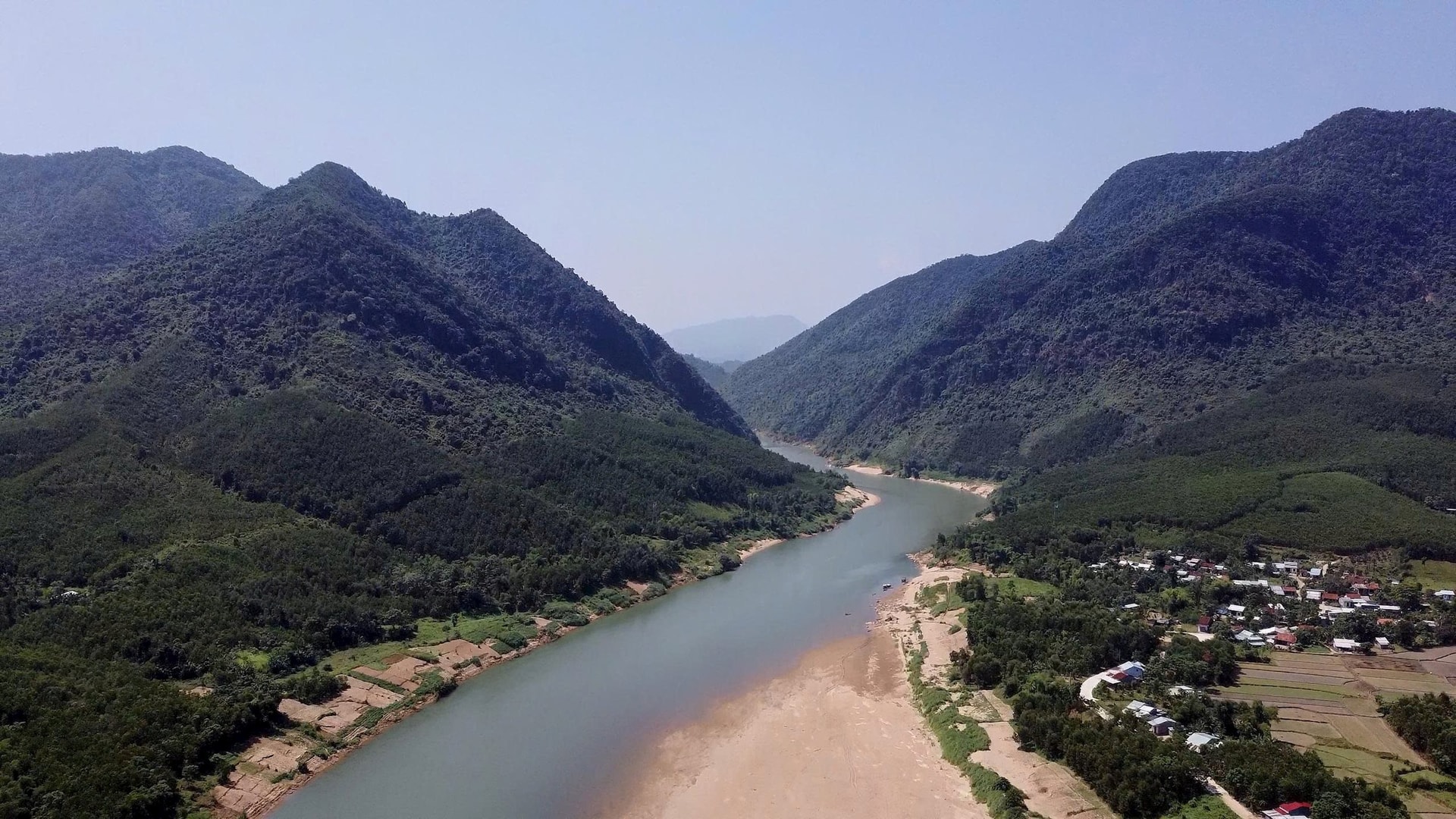
In particular, the project to develop ecotourism, resorts and entertainment in the Elephant Conservation Area in the period of 2025 - 2030, with an area of nearly 19,000 hectares, will form many unique types. Typical products include: observing elephants and ungulates, trekking, bird watching along the Truong Son Dong road, and an environmental interpretation center.
“In the coming time, the commune plans to connect the Hon Kem Da Dung - Dinh Ong - fruit villages - elephant conservation area tour to create a seamless chain of experiences. At the same time, the locality will focus on investing in transport infrastructure, boat docks, rest stops, and community accommodation facilities; linking tourism development with environmental protection, preserving cultural identity; promoting promotion on digital platforms and mobilizing people to participate in tourism, processing, and consuming local specialties,” said Ms. Diem.
Hai Van is a ward located in the north of Da Nang city with diverse natural conditions, full of all kinds of terrain: mountains, forests, rivers, seas; many ecological resources, beautiful primeval forests such as: Hai Van Quan, Hai Van pass, Luong stream, Khe Me, Khe Dua, Khe Ram... Especially, in the area of 2 villages Ta Lang and Gian Bi, there are Co Tu people (with 257 households, 919 people) living with rich craft villages, traditional festivals and cultural heritage that can be exploited to develop ecotourism and community.
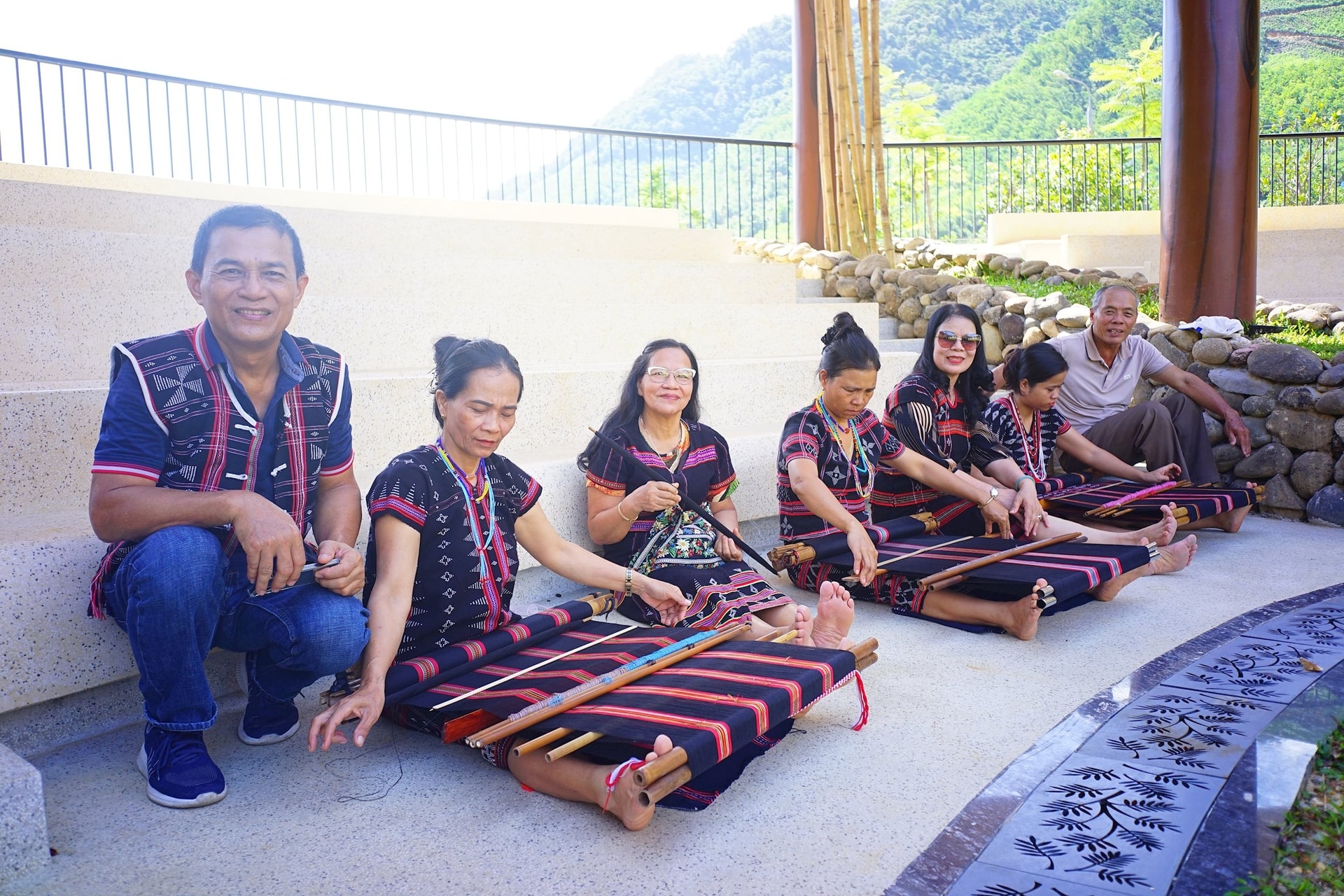
Mr. A Lang Nhu, Director of the Ta Lang - Gian Bi Ecological Agriculture and Community Tourism Cooperative, said: “Since 2019, the local government has worked closely to guide, train, and support the people of Ta Lang and Gian Bi villages to establish a community tourism group that operates quite effectively. Not only that, cultural values have been gradually restored, such as brocade weaving, sculpture, weaving, cuisine, making Ta Vat wine, making Cuot cakes, and gong singing and dancing groups”…
Chairman of Hai Van Ward People's Committee Nguyen Thuc Dung said that in the coming time, the locality will promote tourism development combined with exploiting the advantages of the sea, mountains, and rivers associated with preserving the cultural characteristics of the Co Tu people and traditional craft villages...
At the same time, the Nam O Community Tourism Development Project will be completed, and the waterway tourism route on the Cu De - Hoa Bac River and Da Nang Bay will be developed. The locality will also consider developing marine sports and entertainment activities along Nguyen Tat Thanh Street; managing and exploiting tourism at Sung Co and Ma Da beaches; and developing Hon Son Cha Con into a high-class eco-resort island associated with preserving the natural landscape environment.
Source: https://baodanang.vn/phat-huy-gia-tri-du-lich-sinh-thai-trai-nghiem-3302742.html


![[Photo] National Assembly Chairman Tran Thanh Man received a delegation of the Social Democratic Party of Germany](https://vphoto.vietnam.vn/thumb/1200x675/vietnam/resource/IMAGE/2025/10/28/1761652150406_ndo_br_cover-3345-jpg.webp)




![[Photo] Draft documents of the 14th Party Congress reach people at the Commune Cultural Post Offices](https://vphoto.vietnam.vn/thumb/1200x675/vietnam/resource/IMAGE/2025/10/28/1761642182616_du-thao-tai-tinh-hung-yen-4070-5235-jpg.webp)
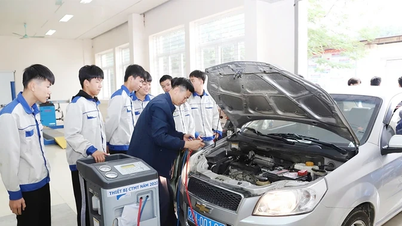

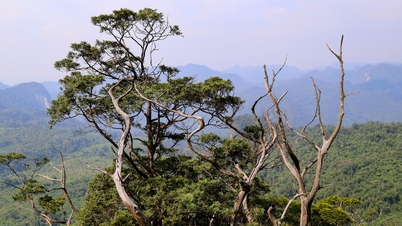

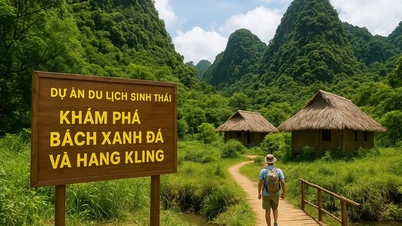



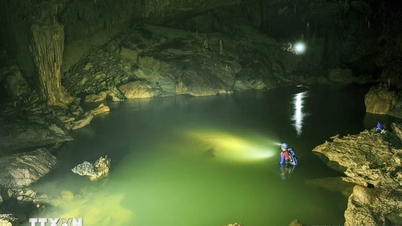

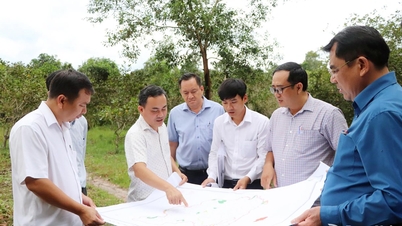

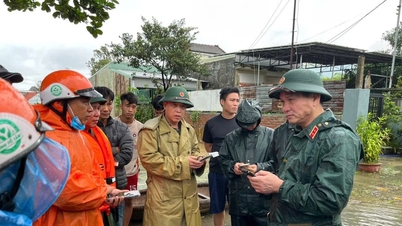
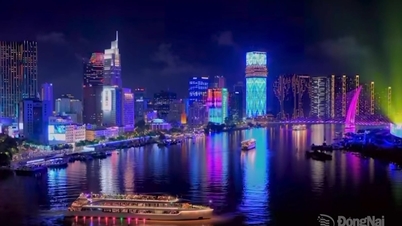
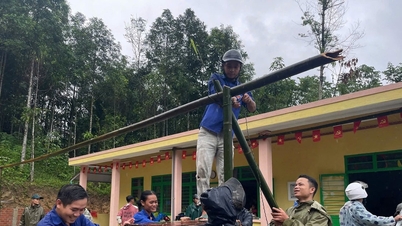
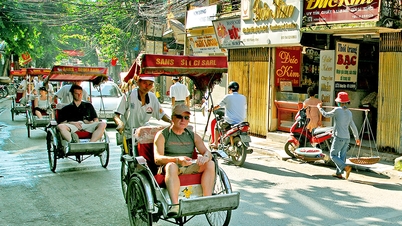

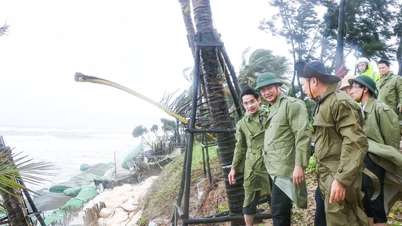




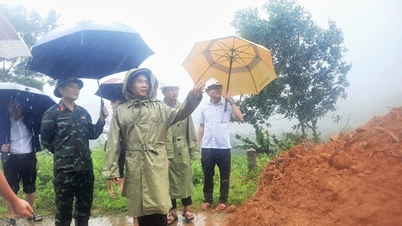
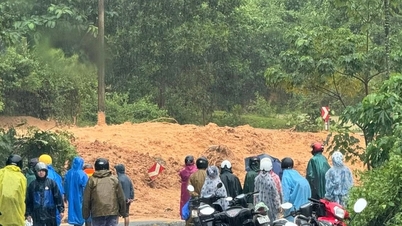
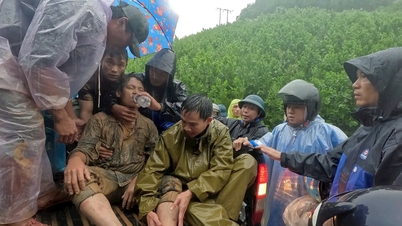
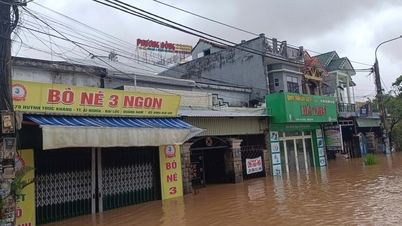
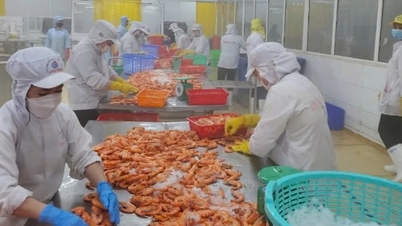
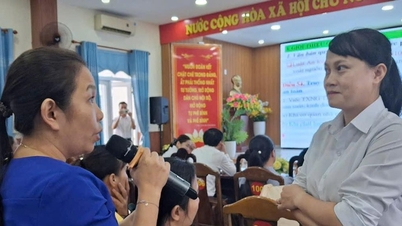
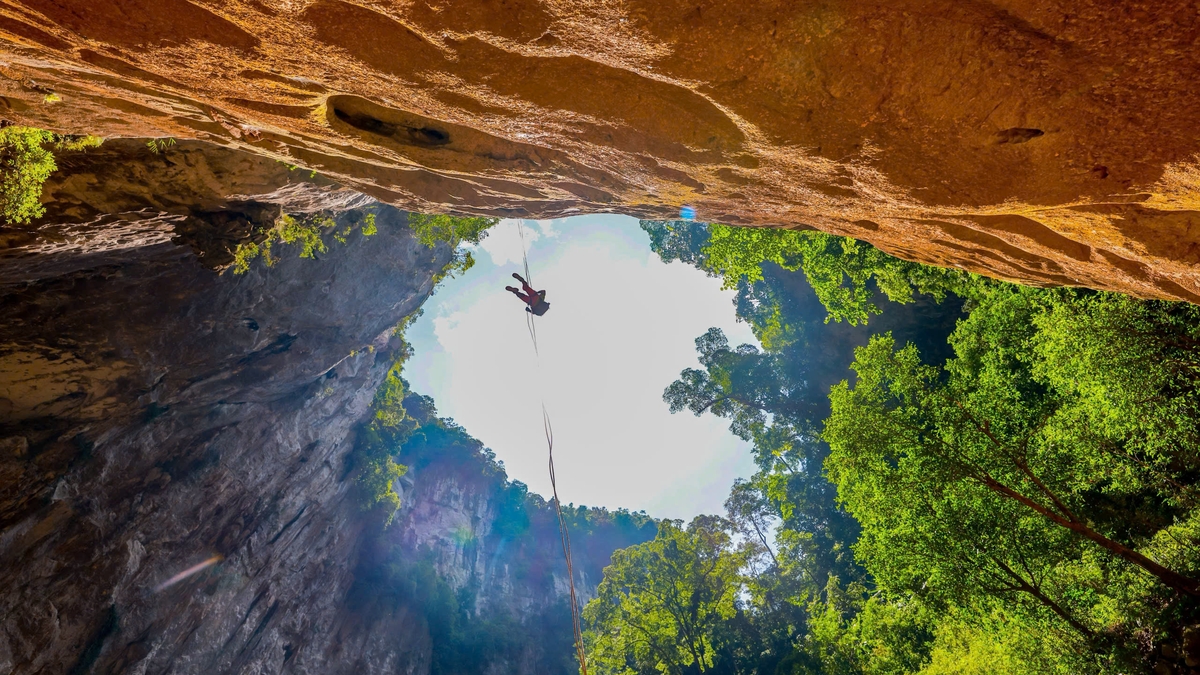
![[Photo] President Luong Cuong attends the 80th Anniversary of the Traditional Day of the Armed Forces of Military Region 3](https://vphoto.vietnam.vn/thumb/1200x675/vietnam/resource/IMAGE/2025/10/28/1761635584312_ndo_br_1-jpg.webp)



































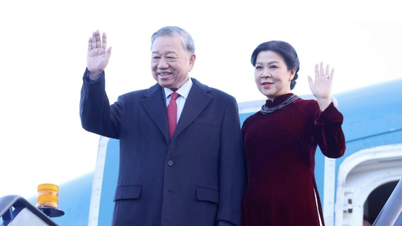



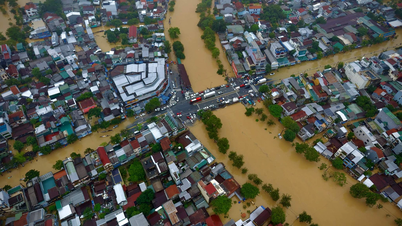




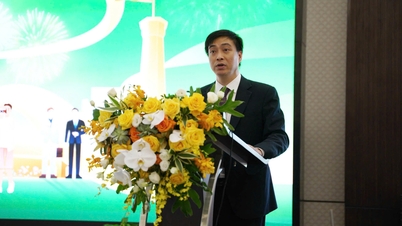


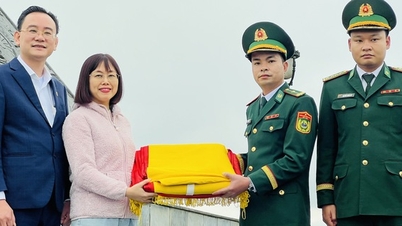

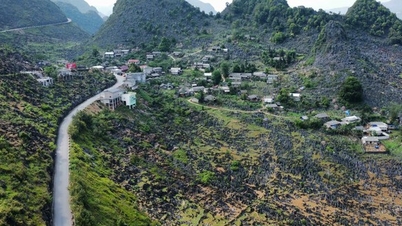

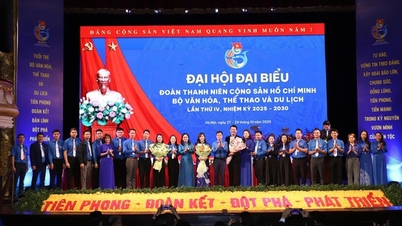
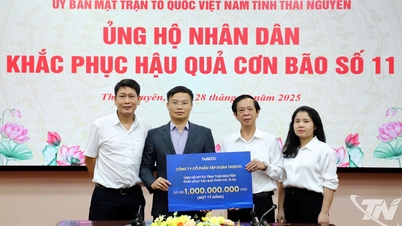
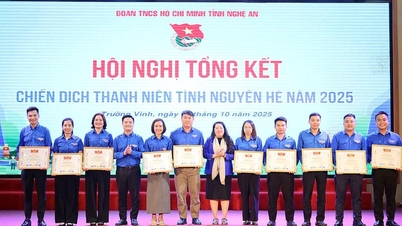

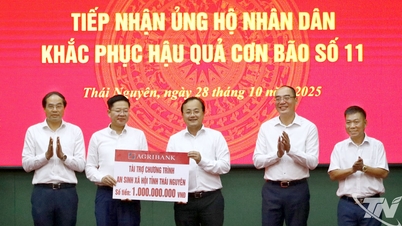
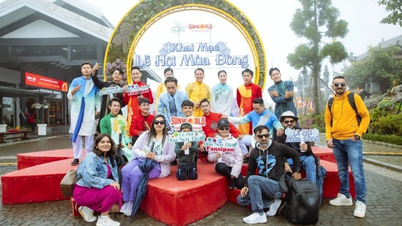

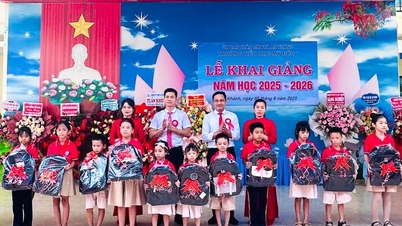

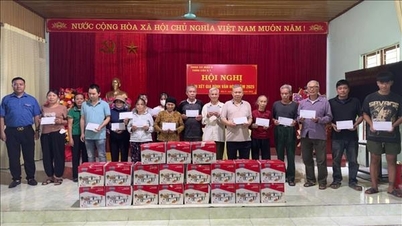
















Comment (0)